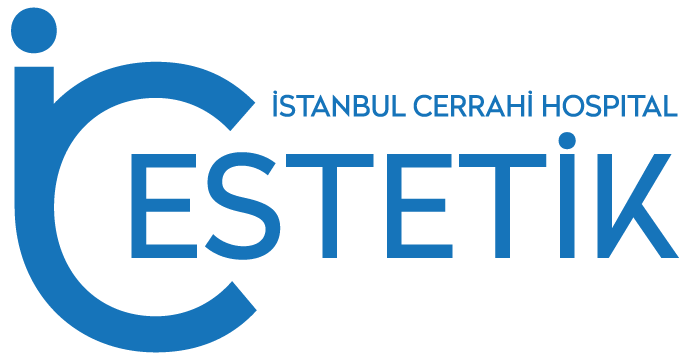Buccal Fat Removal
Buccal fat removal is a surgical procedure that involves the removal of the fat pads in the area between the cheekbones and jaw bones, known as the buccal fat pads. By reducing the volume of these fat pads, the procedure can enhance the definition of the facial bone structure, particularly the cheekbones and the hollowed-out areas along the cheeks and jawline. This surgery is also referred to as cheek reduction.
Buccal fat removal is a form of plastic surgery, and the decision to undergo any type of cosmetic procedure should be based on personal desire rather than external pressures. It is important to carefully consider the potential benefits and risks associated with plastic surgery before making a decision.
Buccal Fat Removal Procedure
Buccal fat removal can be performed as an outpatient procedure either in a hospital or in the office of your healthcare provider. The surgery is typically done under local anesthesia, which numbs the skin on your face, allowing you to remain awake during the procedure. In some cases, if additional procedures are being performed simultaneously, general anesthesia may be used, in which case you will need to arrange for transportation after the surgery.
During the procedure, your plastic surgeon will make small incisions on the inside of your mouth, specifically on both sides of your face to access the buccal fat pads. The surgeon will then apply gentle pressure to expose the fat pads and proceed to remove them through the incisions. Once the fat pads have been removed, the incisions will be closed with sutures, which may be dissolvable. Your healthcare provider will inform you whether you need to return for suture removal.

